Education
Explore Insights, Tools, and Answers
Stay informed with the latest in shipping automation and logistics. From expert articles and upcoming events to product videos and helpful FAQs, our resource center is here to support your operations and keep you ahead of the curve.
-
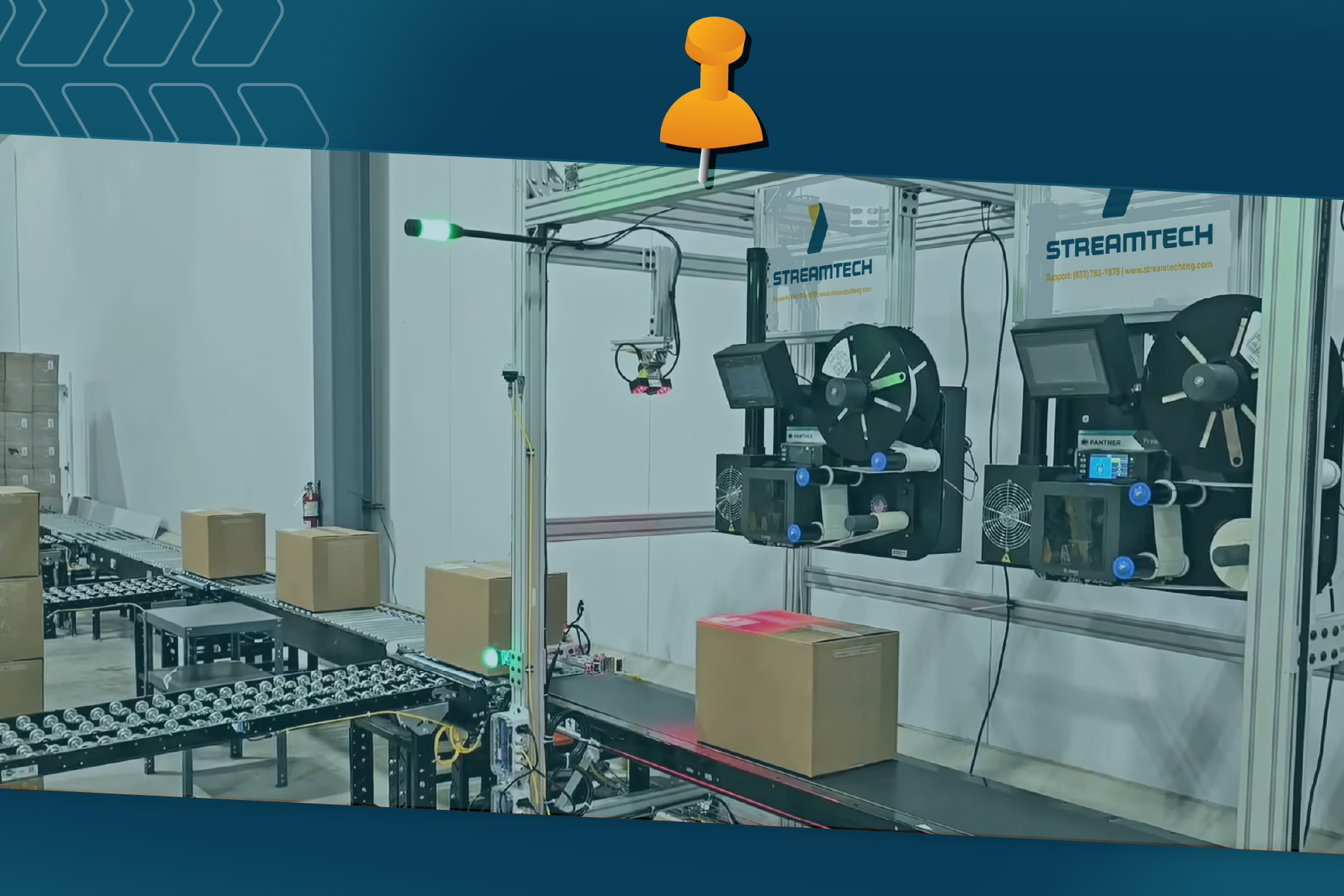 Education
EducationFrom Conveyor to Carrier: How Integrated Automation Transforms Fulfillment
-
 Education
EducationScale Smarter: The Business Case for Warehouse Automation, and First Steps
-
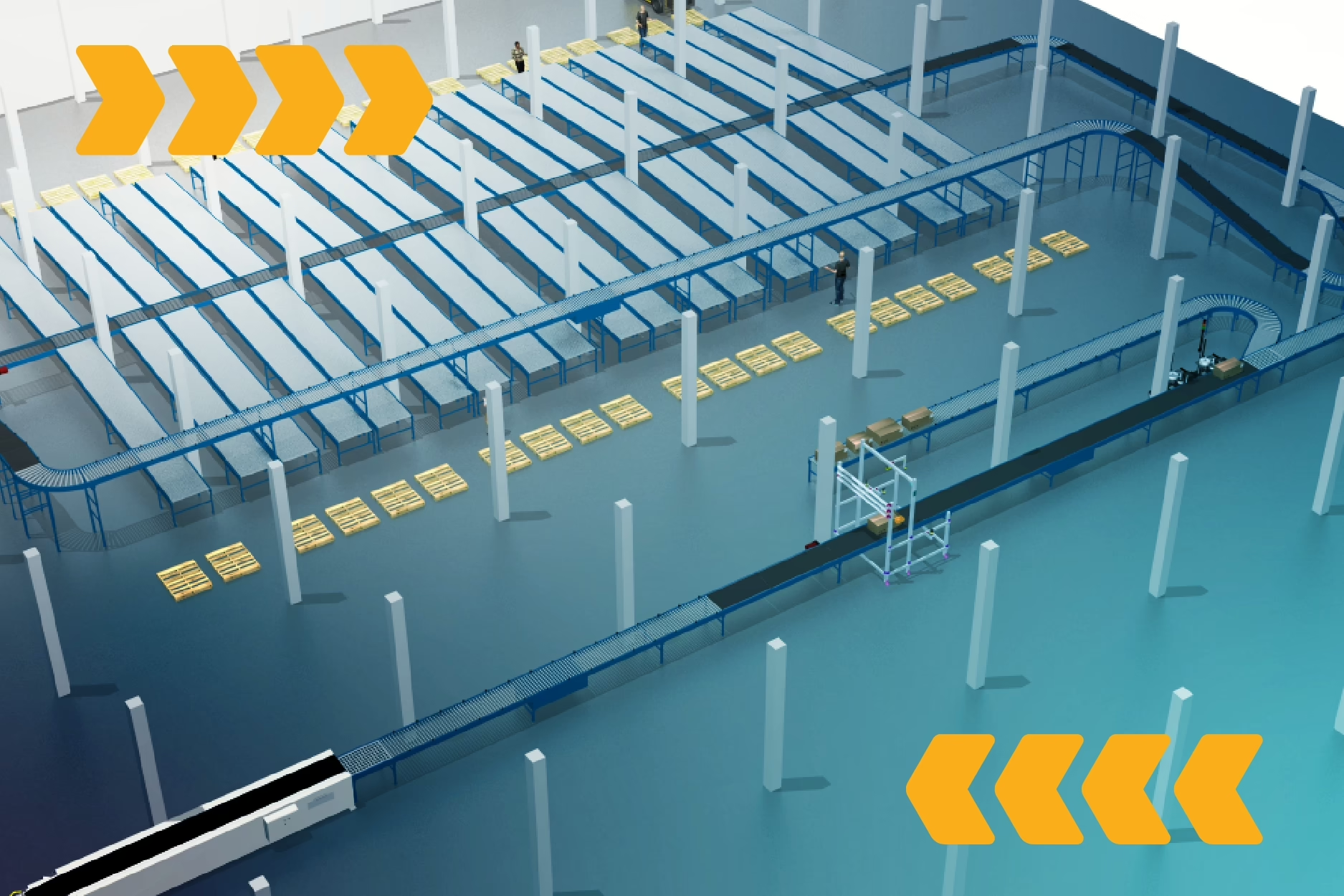 Education
EducationInbound Receiving Systems vs Outbound Shipping
-
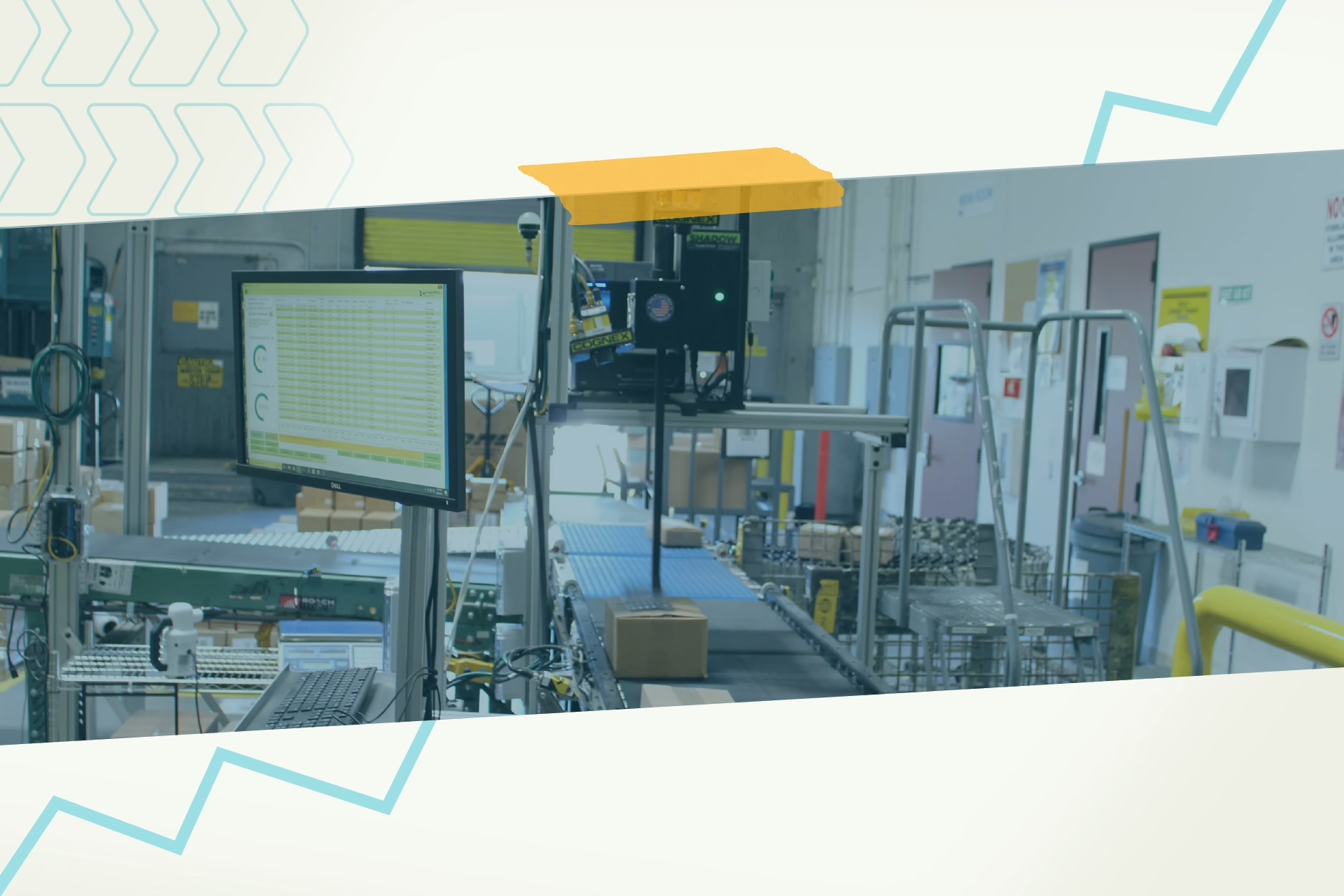 Education
EducationThe Warehouse Metrics You’ll Need for Your Peak Season Post-mortem
-
 Education
EducationWhat if Your Warehouse is the Bottleneck?
-
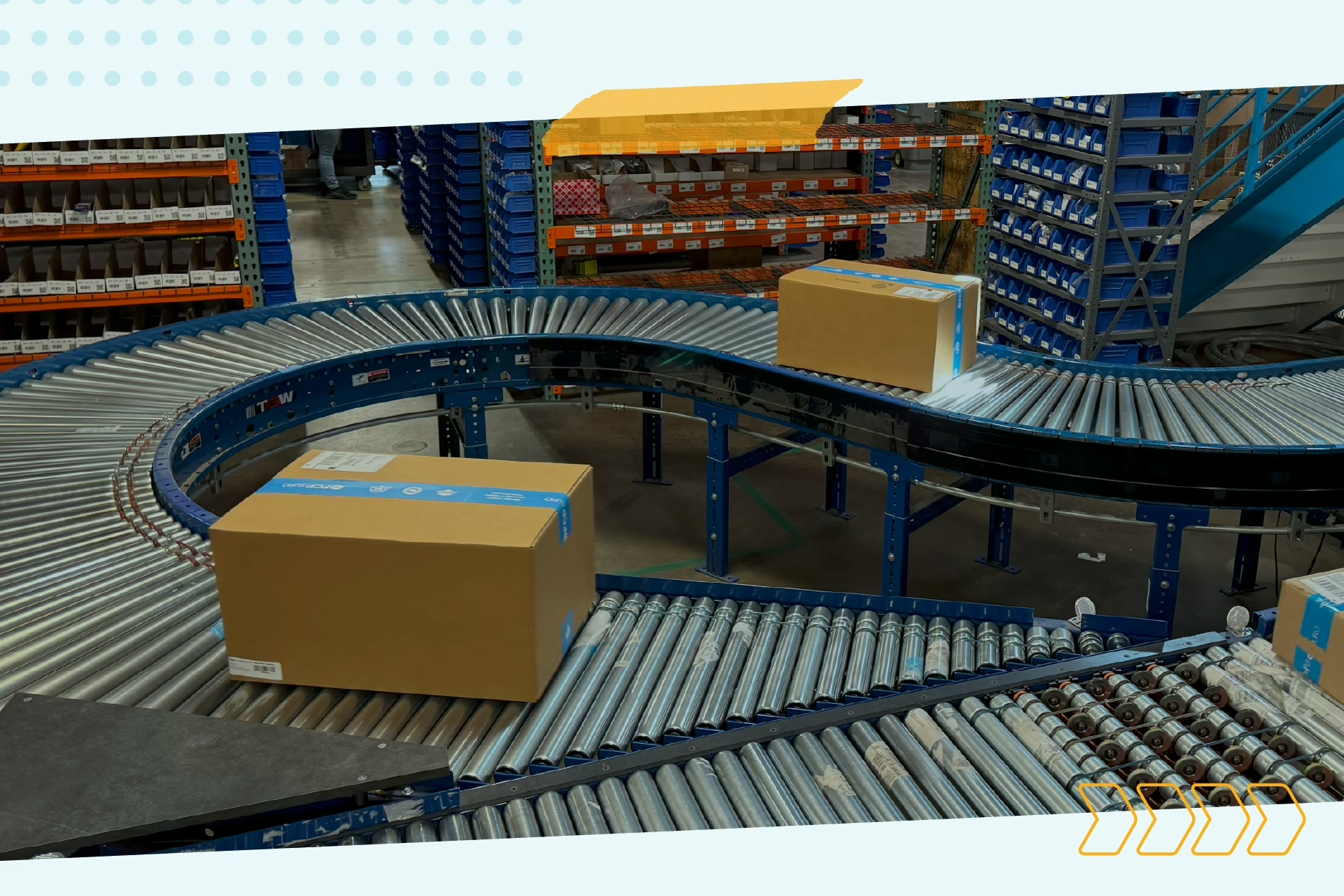 Education
EducationHow to Calculate ROI for Warehouse Automation
-
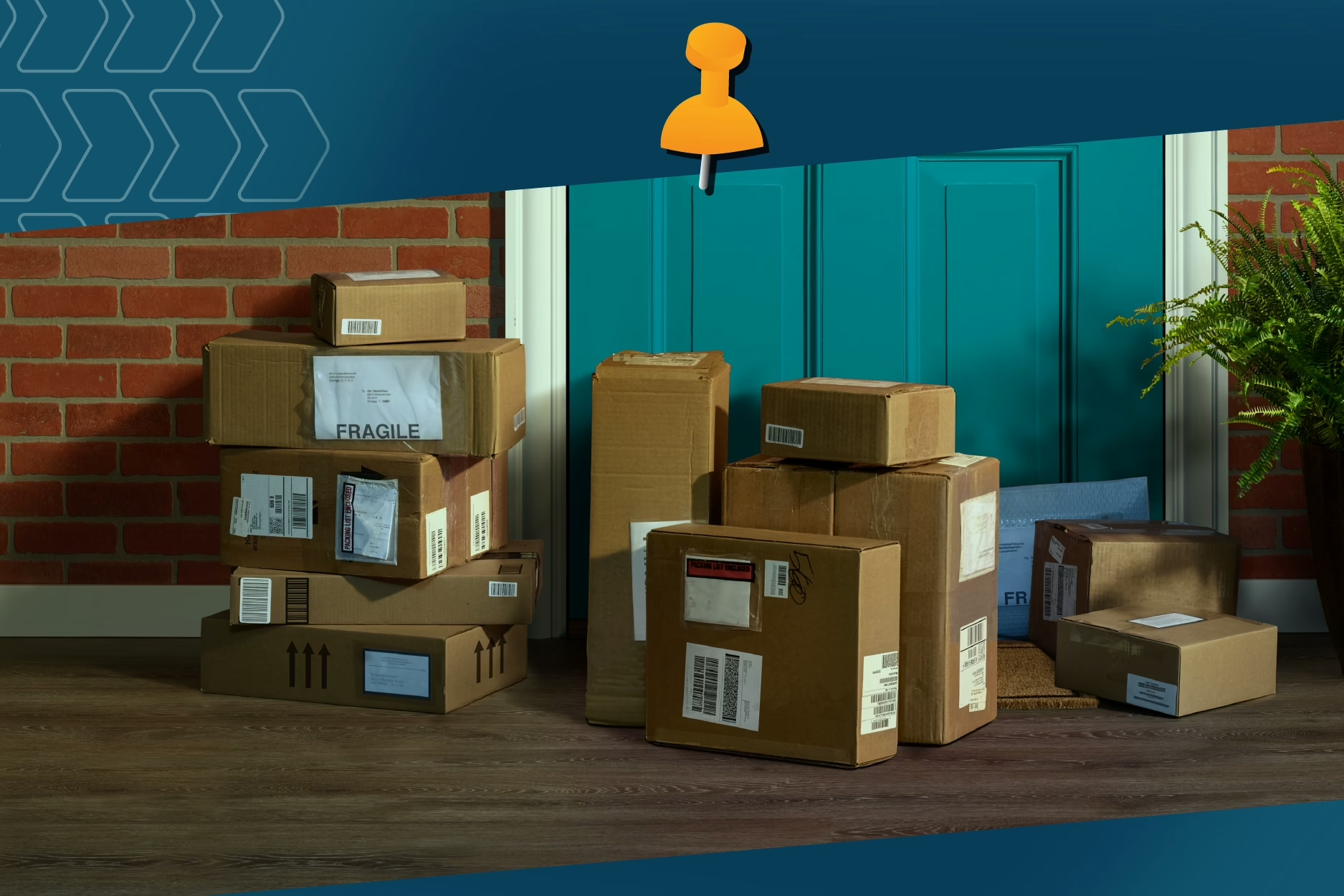 Education
EducationNavigate The Peaks And Valleys Of Seasonal Demand
-
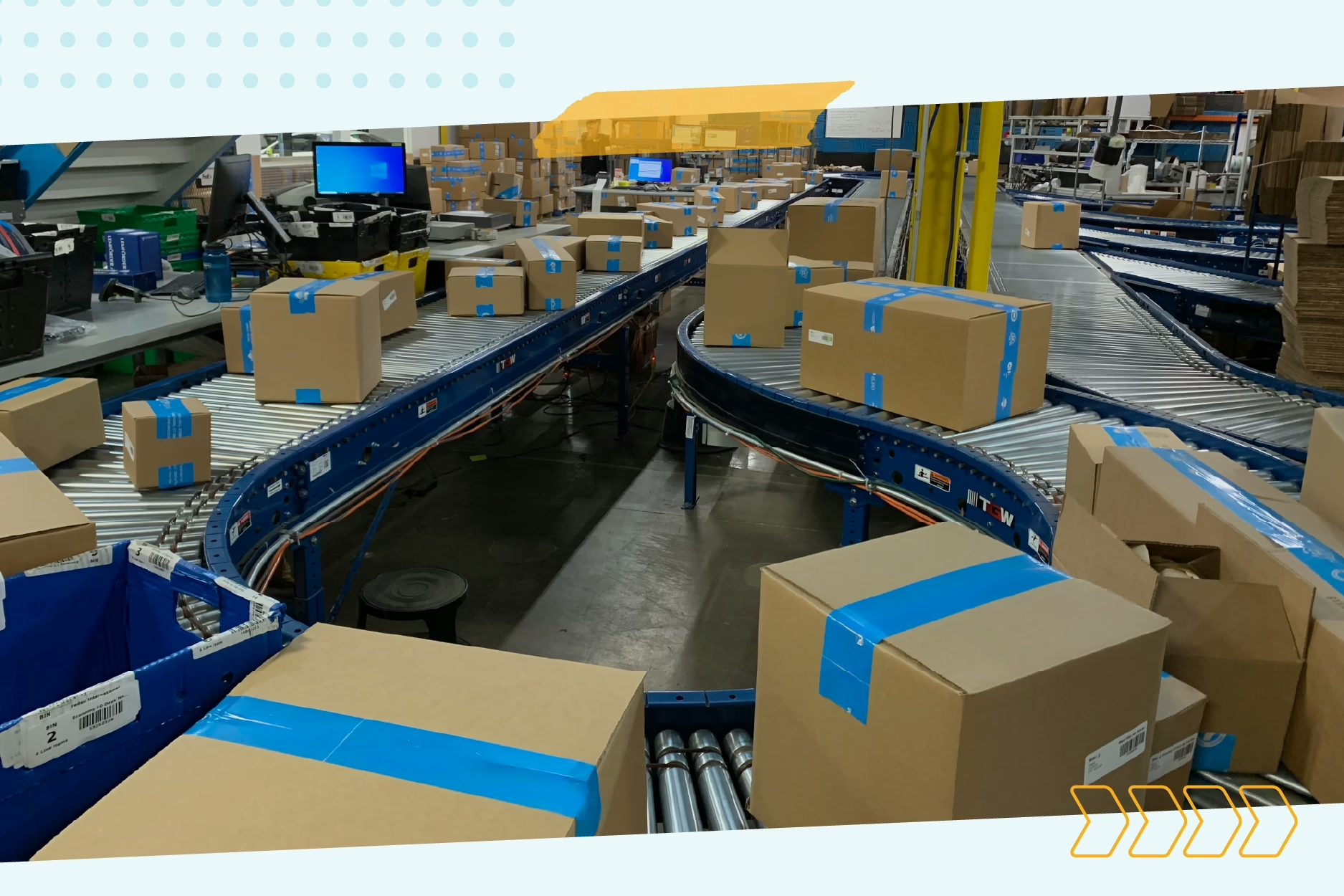 Education
EducationReduce Warehouse Labor Costs With These 4 Business Strategies
-
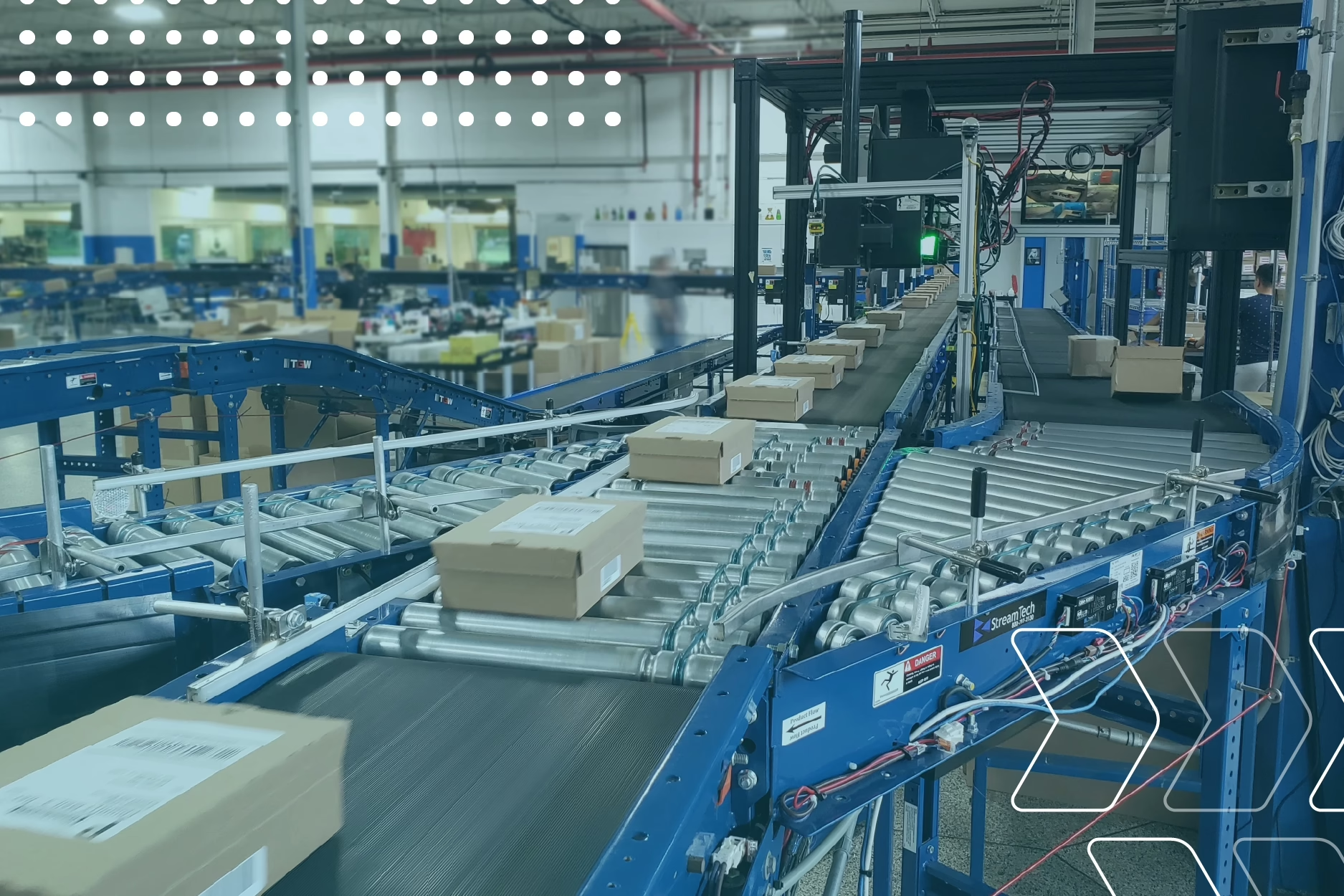 Education
EducationWhy Choose Fulfillment Automation?
-
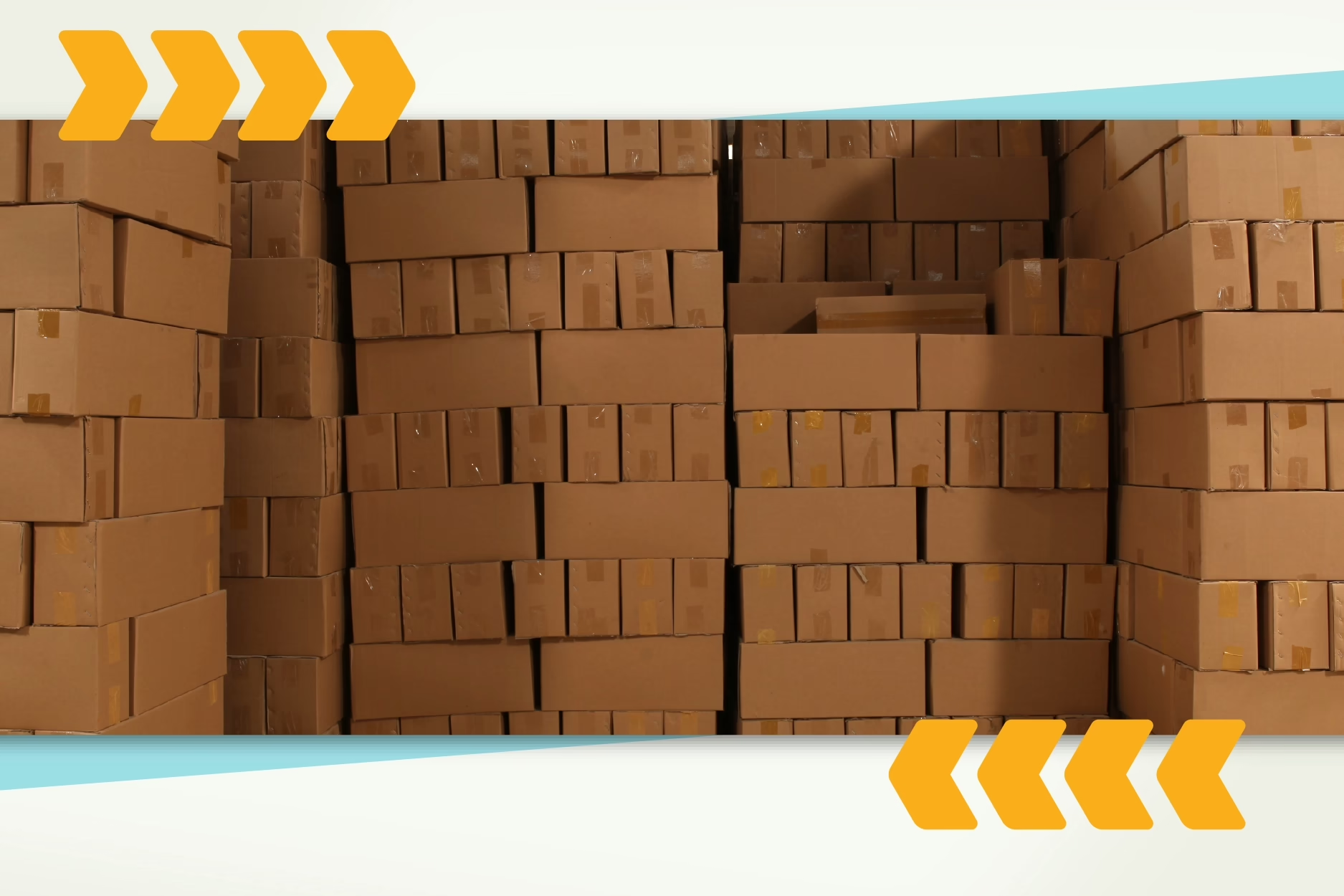 Education
EducationFulfill Daily Order Volume With Automation
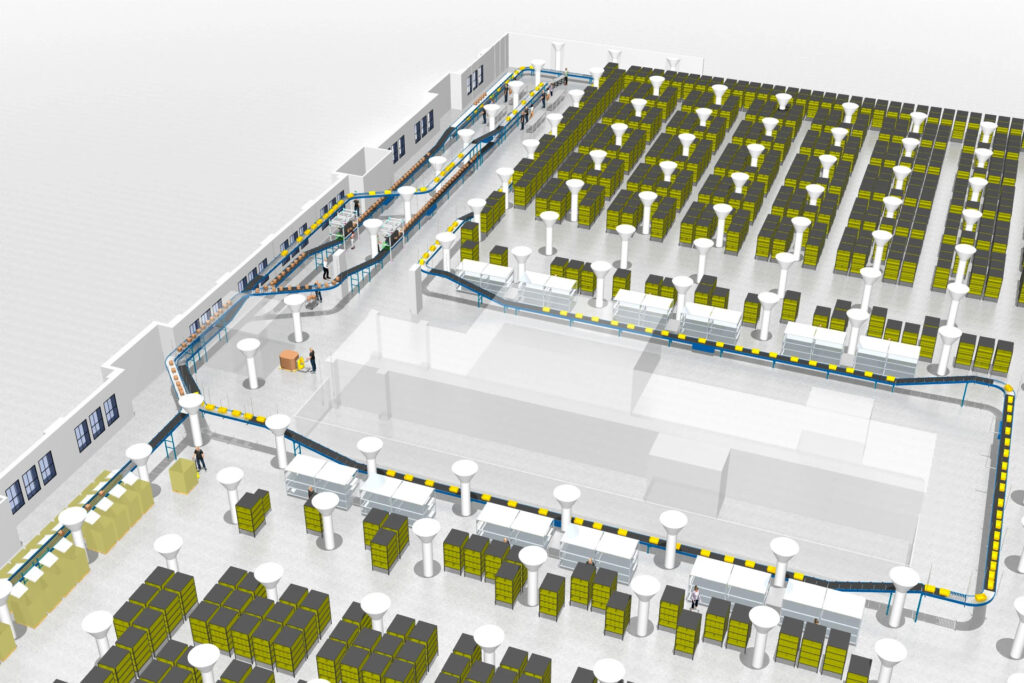
Ready for Automation?
Share your fulfillment challenge with us and we’ll design a custom solution for your business before you sign a contract
"*" indicates required fields